Share this
C. David Sánchez, (1999). Born in Líbano, Tolima and resident in Manizales; city where he consolidated a photographic vision from the constant gaze of the foreigner, with a strong interest in auteur photography, new documentary and street photography. He is also a professor of photography at the Fotograma school and a social worker at the University of Caldas, with an inclination towards community processes of identity and memory. From analog and digital photography he captures mainly scenes and characters that manifest the counterculture and the popular in the streets: punk, the “neas”, the disease, graffiti and many other manifestations seen as under or even discarded by other social sectors. His work expands into fanzines, collage, serigraphy and even other graphic products.

Hi David! It’s a pleasure to sit down with you! First question… How was your childhood in Colombia, what kind of child were you, what did you like to do, and how did you spend your time?
My childhood was very free. I come from a small town, which allows for more freedom to explore. I spent most of my time in my neighborhood with my group of friends, riding bicycles, building huts, fighting, getting into typical childhood trouble, and being a bit wild. I was one of the younger ones, so I was more of an observer, watching the older kids build their identities, especially around hip-hop and marginality. It was a very enriching middle-class childhood because, while I spent a lot of time outdoors, I had a strong interest in drawing, graffiti, and toy weapons that my father bought me, hoping to shape me for a future in the army. These early experiences shaped the themes of my work unconsciously because I don’t separate the art from the artist; I am who I was and my circumstances.


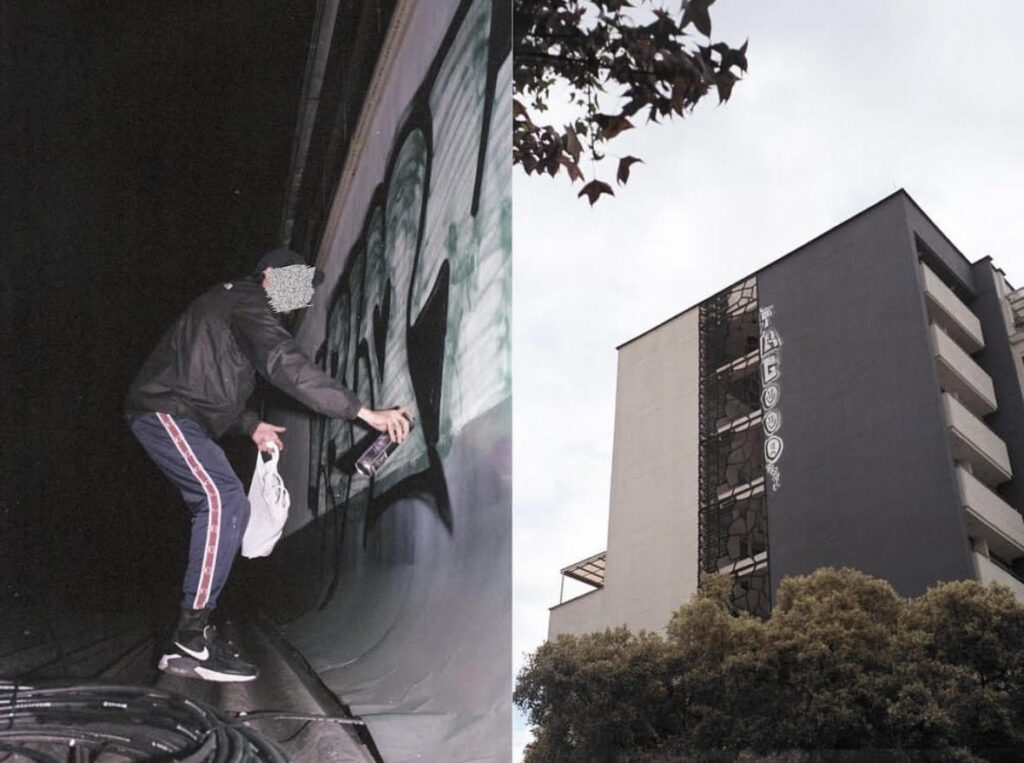
How did you get started in photography? How were your beginnings? How did you start practicing with the camera? And when did your journey really begin?
There wasn’t a specific moment; it was a series of events that sparked my interest in photography. One of these was the skateboarding world, which introduced me to audiovisual and countercultural realms. I also watched all kinds of music videos and documentaries about human biology errors, and began to develop a taste for cinema. At the age of 14, I started taking photos with a family compact digital camera, initially capturing skate tricks and photographing my friends. Later, I was given my first digital SLR camera. I wanted to make videos with it, but after many setbacks with my first attempts, I decided to step away. A few months later, some friends formed a metal band, and I started documenting them, falling in love with photography and its ability to take me to places I never thought I’d be.

A fundamental moment came when I discovered analog or film photography alongside the punk scene. On one hand, I began exploring the possibilities of shooting on film, and on the other, I immersed myself in a scene that deeply influenced me and helped forge an aesthetic and approach to photography that is intimate, underground, and outside the mainstream. It could be said that a photographer’s identity was solidified—an identity that doesn’t separate my life from the subjects in my work.

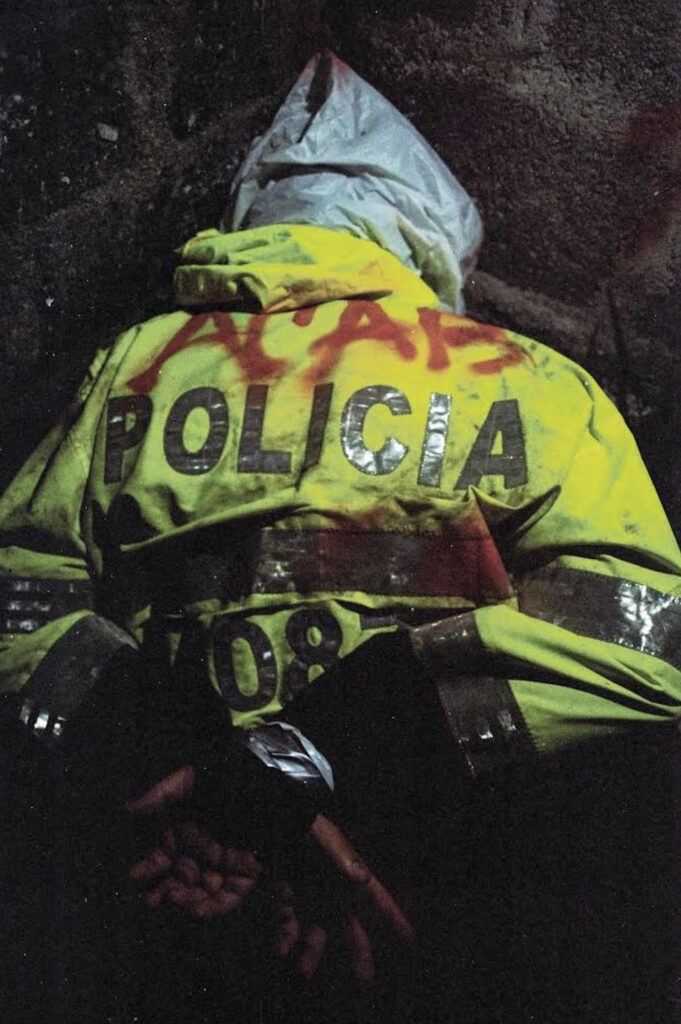
So what made you want to start documenting the streets and various subcultures?
There’s a feeling I’ve had all my life, which is the feeling of being an eternal outsider. For that reason, my surroundings don’t go unnoticed, and I find something attractive in almost everything. For me, everything is new because I can’t get used to something enough for it to become banal.
When I started documenting the street, it was simply an exercise to avoid making my environment trivial and to explore the city in a way, believing that everything was outside. There, I refined my technique and insight for talking to strangers, asking the right questions, and thus getting the photos I wanted.
But the most important thing is that on the street, I found a place for my work. The street became a mood and a school for my craft. Although I don’t consider myself a street photographer now, I’m aware that it was where I could form myself, find points of interest, and people who inhabit it, such as punks, “neas” (youth subcultures), street dwellers, prostitutes, graffiti artists, among many subcultures. I feel identified and close to them because we are both exiled and find something in the street that unites us and leads us to experience it as it is.
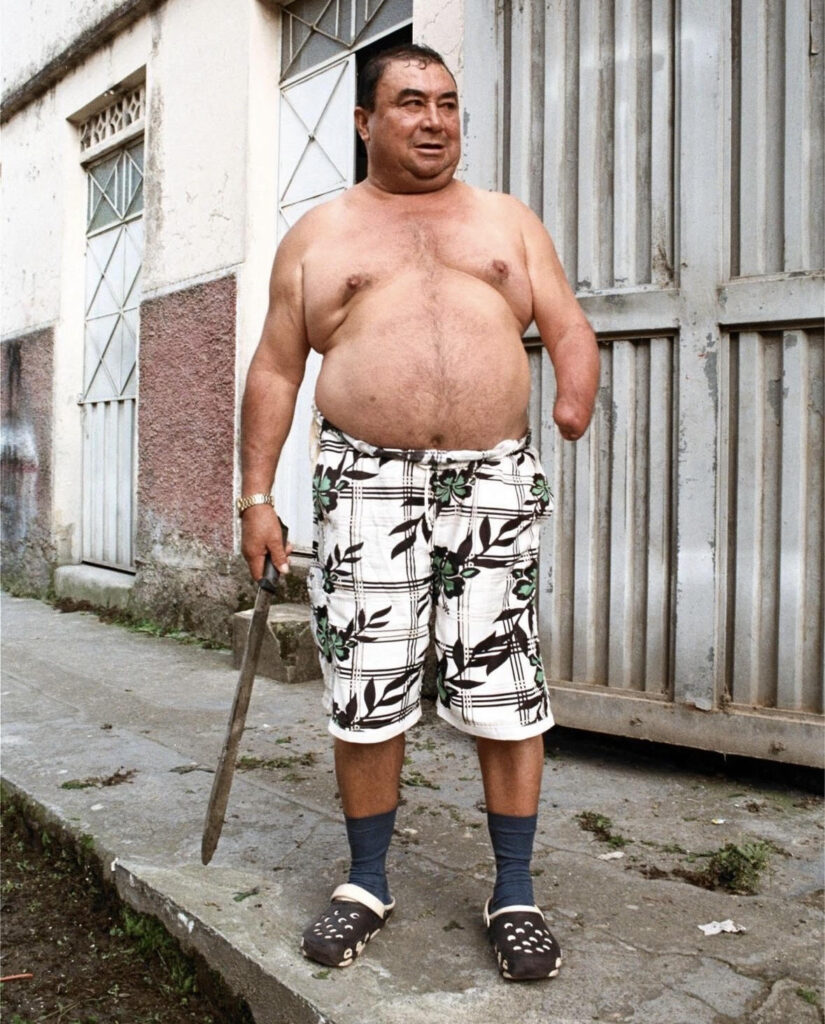
How important is authenticity in your work? And can a picture still be good, if it does’t have any?
I’m not really sure if my work is 100% authentic. I think that word is not necessary in the art world because we stand on a foundation of numerous references, and it’s not the intention of my work. However, there is something I feel different about my work, and that is the closeness or immersion I like to have when developing a project. Personally, my photographs are extremely sincere because they come from deep within me. This might be something different from the superficiality often seen in images. It’s not about theories or just creating images but about experiencing what we feel in our bodies and risking the material we are—this machine that perceives and creates the world, my world.

What makes photography your preferred medium for expression?
With this technique, I realized that one of my reasons as a photographer is to monitor my own life through images, to shape my world and decide what I want to remember. After all, since I got my first camera, I haven’t stopped; I never let it go. Also, my memory now relies entirely on photography. Photos are what makes me move; if I don’t record my life, things feel like they didn’t exist. Unlike other artistic techniques, photography forces me to be there, in the place, at the moment, with my body facing the experience. It makes me seek stimuli amidst the banality of life, so it’s necessary to stay awake and not hesitate when stimuli and sublime moments come.

I know “long-term photography” is important to you. Can you tell me more about that process and why it’s important to you?
A photograph gains value over time. Time puts everything in its place; in slow processes, there is an interest in people’s lives, which makes the photographic work different—more akin to camaraderie rather than just image extraction. Personally, this kind of photography means being in tune with life, perceiving moods, smells, colors, living intensely, and then trying to represent something only after having absorbed it.
Deep down, long-term photography can be as sincere as documenting intimate projects because the more time you dedicate, the more you understand yourself, though it is also necessary to learn to stop, close projects, and say enough. In conclusion, it’s about feeling the other intimately as part of oneself, which, at its core, demands a political involvement.

Can you share some of your favorite memories and the most terrifying moments of being out in the field?
Taking photos on the streets of Colombia is different from the classic street photography style. Here, you need to be prepared for anything. The mere fact of going out with your camera means you need to be in tune with your surroundings and life. So, you can encounter smiles, conversations, and even gifts in a good moment.

But some of the most memorable experiences are from the first time I took photos of a guy who had just been murdered in my neighborhood. That day, my heart was racing, and I managed to take a few photos. At that moment, I was very young, but ironically, it made me feel alive. It was a turning point for me, but I understood that themes of the human condition would permeate my work. Terrible things can happen to us, we can see horrible things, we can hurt those we love, but we can also turn these experiences into our work, to deal with, change, and find solutions in those photos that, from the moment they are made, become our memory.
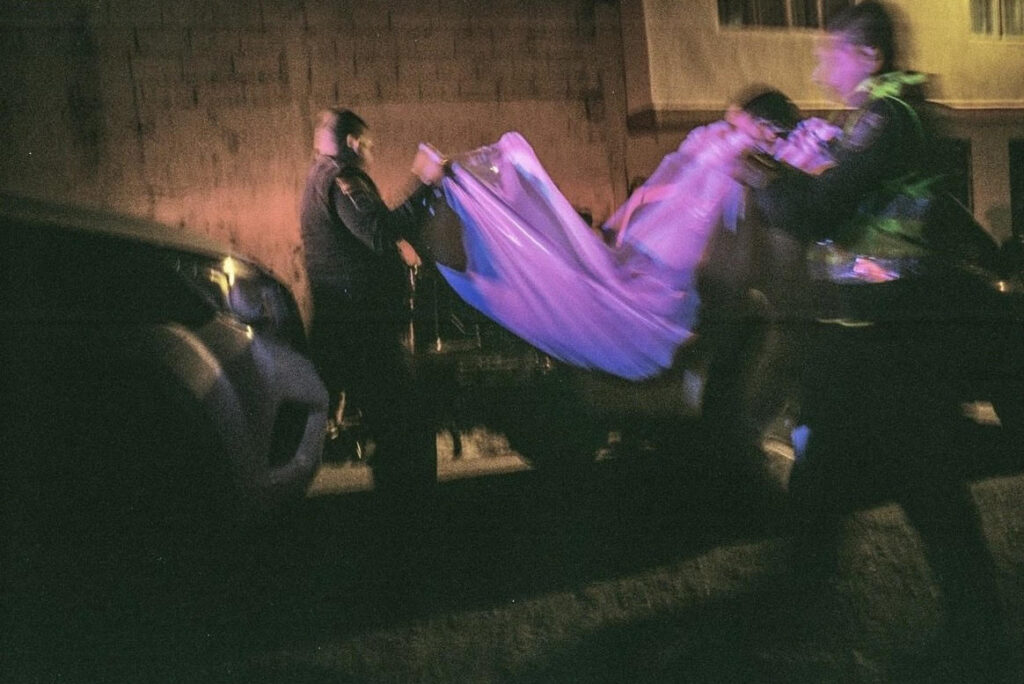
What motivates or inspires you?
My creative spark is found in life and people, especially in the representation embodied in bodies, such as marginality, youthful representations, and romantic love. But there’s something I’ve only recently become aware of: when I feel my life is in danger, I’m inspired by knowing I’m at risk and only find peace in the rectangle of my camera’s viewfinder. I’m inspired by harsh experiences that make me feel alive and knowing that these photos won’t be an end point but a continuation of giving life to something I love.

Can you also talk about the allegorical elements of Latin popular culture and how you document them through your photos?
Allegorical elements are symbols that speak, represent, and convey meaning without words; they are a language through which people identify, communicate, and create realities. These symbols are often removed from high culture or predominant aesthetic standards and are not homogeneous or encompassing due to their popular and Latin nature.
When I started documenting these elements, I did so through classic street photography, capturing serendipitous moments on the streets. Through conversations, I would reach a consensual photograph, but my interest led me to approach the neighborhoods where these people lived, to be with them. I also began community projects with foundations where these symbols were a sense of belonging to their territory. As I mentioned earlier, I’m a social worker, so for me, symbolism is a device of power and self-knowledge, imbuing meaning and affecting relationships with things and the territory they inhabit.

In 2021, you created the series “Porte ilegal de caras,” documenting the punk counterculture in Colombia. How did it come about, and what does punk culture mean to you?
In 2021, I had been studying social work at university for a few years. During that process, I gained a deeper understanding of the human condition, including violence, love, and sadness. Up to that point, I had a connection with music and found in punk a vital force that stems from anger and transforms into something aesthetic and political. This attracted me, and I was gradually captivated by it, seeing connections with social work.
I started attending “gigs,” small clandestine concerts. My first photos were timid; initially, I photographed unconsciously but driven by a feeling I didn’t yet understand. I wasn’t intending to create a project; I was just photographing from passion.

Gradually, I got to know people from the punk scene who liked my photographs, and I became more involved until I became one of them. They were no longer outsiders but my friends, and this was when a whole learning journey began. Let’s say I let myself be carried by the flow of punk, and my self dissolved.
I began photographing compulsively throughout my experiences. I was also interested in learning about those who had an interest in intimate photography and how to process all the images that emerged over those years. This led to seeking increasingly complex explanations of symbolism and its relationship with people, in this case, punks, and how radical decisions are corporeal and visible in their faces and gestures. It’s as if thought becomes flesh and externalizes the nerve of our time.

This is how what I lived began to make sense and take direction. It was no longer just the “no future” but a long-term photographic project, endured but created from within. By focusing so much on punk and expanding it, the project gained depth, with many layers for understanding. This is where collage comes in to expand the image and create increasingly complex relationships with symbolism and its connection to people. It was no longer just photographs but hybrid images with aromas, stickers, thoughts, and various forms that reflected the punk experience.
For me, punk meant creating the backbone of my work, grounding it as something interdisciplinary. Personally, it made me understand that emotions like anger and despair are valid feelings and that beauty does not need consensus.
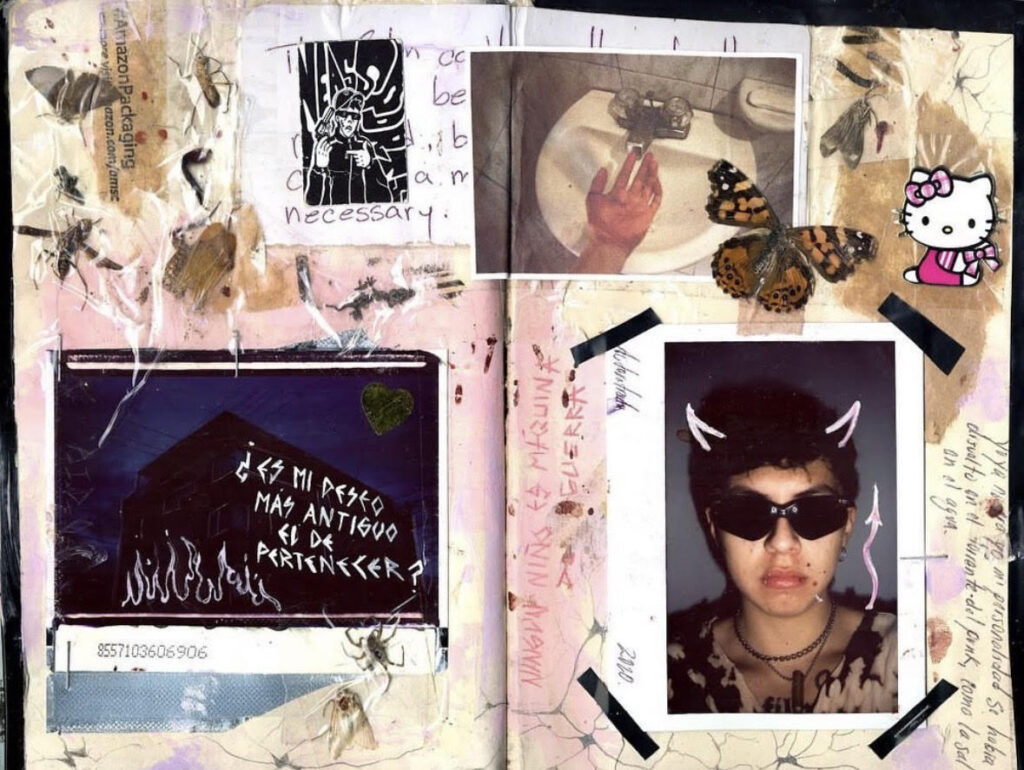
Besides the camera and lens, is there an essential element you always carry with you when shooting?
In Colombia, it’s customary to carry small figures of saints in one’s wallet. In mine, San Gregorio and the Virgin of Carmen are always present. They are symbols of protection and are also the saints my mother adores. It makes me feel close to her and protects me from the situations I sometimes find myself in.
Is there anyone you admire?
I admire passionate people who dedicate their lives to something.
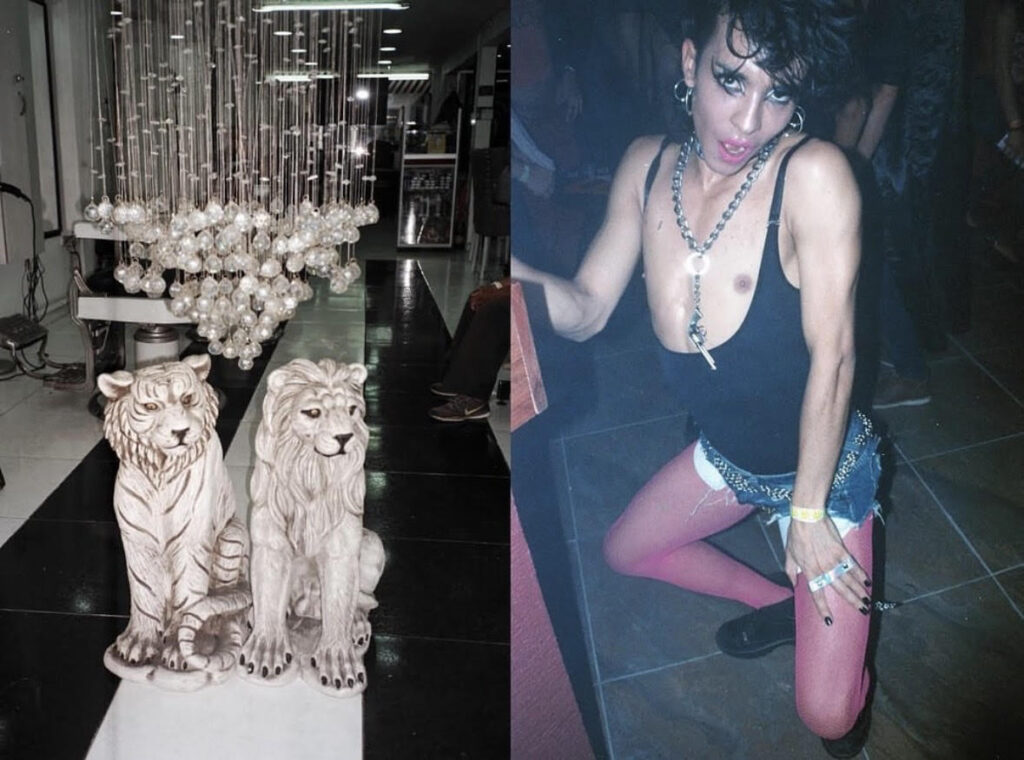
In a parallel universe, who would you be and what would you do?
If I hadn’t discovered photography, I’d be a tattoo artist. I liked that world a lot before I knew about photography, but the world of possibilities is infinite.
What qualities do you find most important in the people you choose to spend time with?
There’s a Latin phrase that says: “The world belongs to the crazy, and madness is contagious.” The people I spend my time with are those whom fate decided to cross my path with. That’s why they are people who have interests and ways of seeing the world differently from what is supposed to be the life of a young adult. There are crazies in every corner of the world, so they are all my friends.
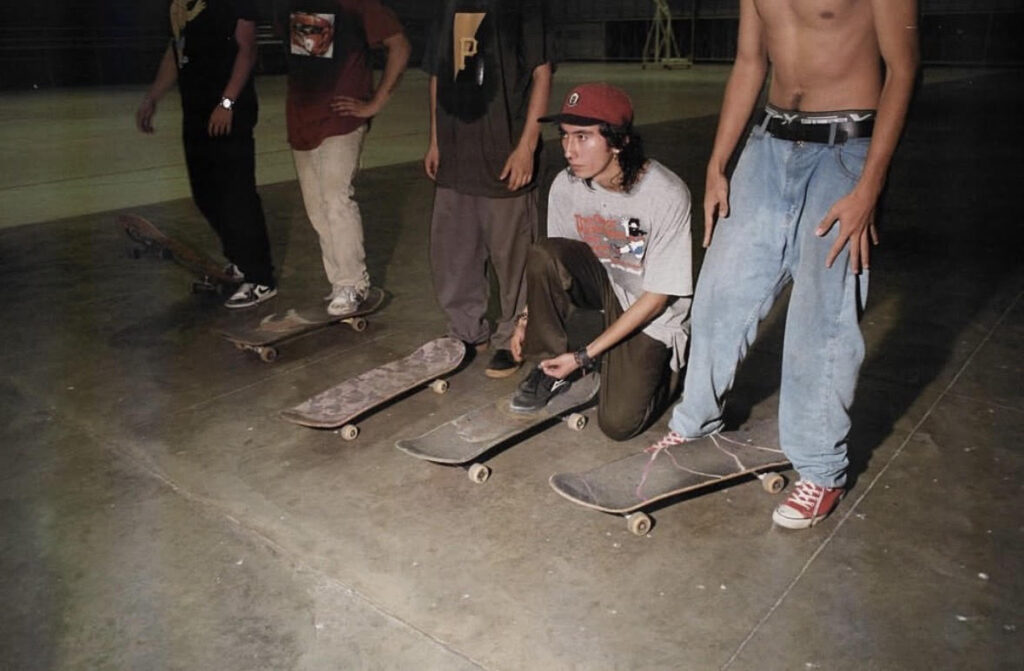
Alright, David. I always ask these two questions at the end of an interview. The first is: What is your favorite movie and why?
I have many favorite films, but if I had to pick one, it would be Rodrigo D: No Future by Víctor Gaviria. It’s a film that has aged well and, at the time, I wasn’t aware of the impact it would have on young people. I like it because it captured a time of disillusionment among the youth in Medellín in the 80s and 90s in Colombia and how they resisted barbarity through the noise of punk and metal. Plus, its soundtrack is incredible.
What song or songs are you listening to the most right now?
I like all classic romantic salsa, but especially “Lo pasado no perdona” by Rubén Blades.
